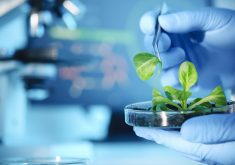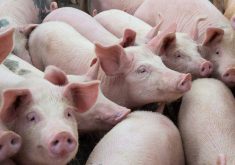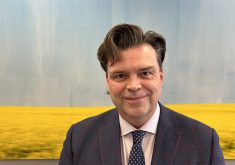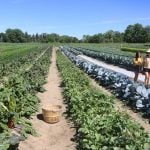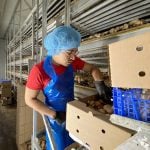Earth Day has come and gone and the sweet peas have been planted in my yard. But seeds of another kind have been planted in quite a different way in the Svalbard Global Seed Vault in Norway.

It’s a practical and responsible way to ensure seed varieties are available for future generations, just in case they contain attributes that had been bred out of crop varieties in the interim.
Actually, that eventuality seems likely, because even though science has revealed much, we don’t fully appreciate the value and contents of our seeds and we haven’t unlocked all of nature’s seed secrets.
The Norway seed vault opened in February 2008 and countries have since made more than 600,000 deposits, according to a news release from the Seed Savers Exchange.
Read Also

Efforts to improve trucking safety must be applauded
The tragedy of the Humboldt Broncos bus crash prompted calls for renewed efforts to improve safety in the trucking industry, including national mandatory standards.
As the seed savers noted, the Svalbard vault “functions like the ultimate safety deposit box for biodiversity and global food supply preservation, storing duplicate collections of seeds on behalf of gene banks from around the world.”
Its Norway location was chosen because of the country’s stability, climate, absence of natural disasters and guaranteed funding. The vault is at 78 degrees north latitude, carved into a mountain. It’s like Superman’s fortress of solitude, but it’s a fortress of seeds.
Capacity is 4.5 million samples, each containing about 500 seeds. Right now, it has the largest seed collection in the world.
As gardeners across the Prairies cradle seeds in their hands and await needed warming and drying of the soil, they can be assured seeds somewhere far, far away are slumbering and awaiting a distant day when they, too, might be called upon to flourish.





